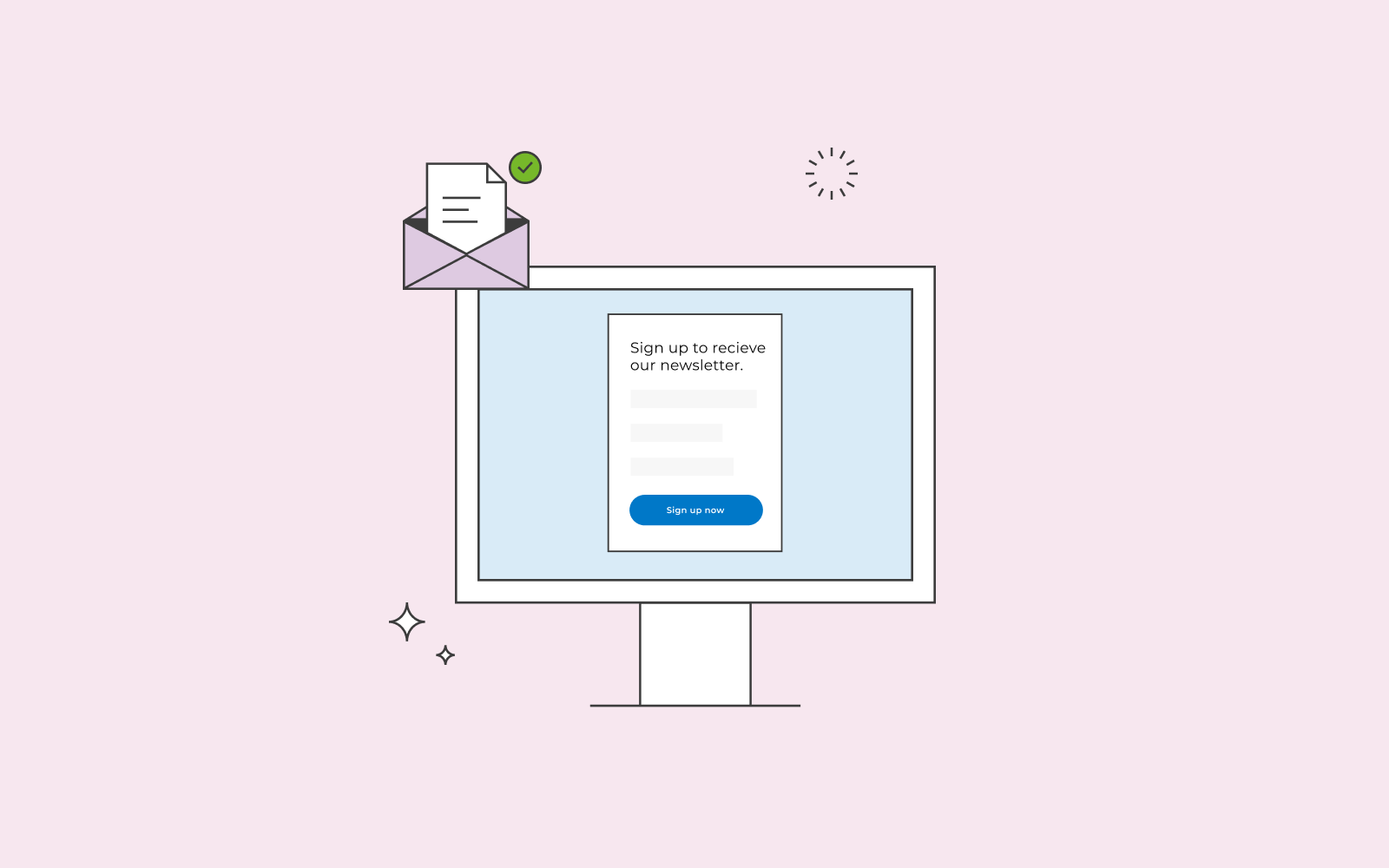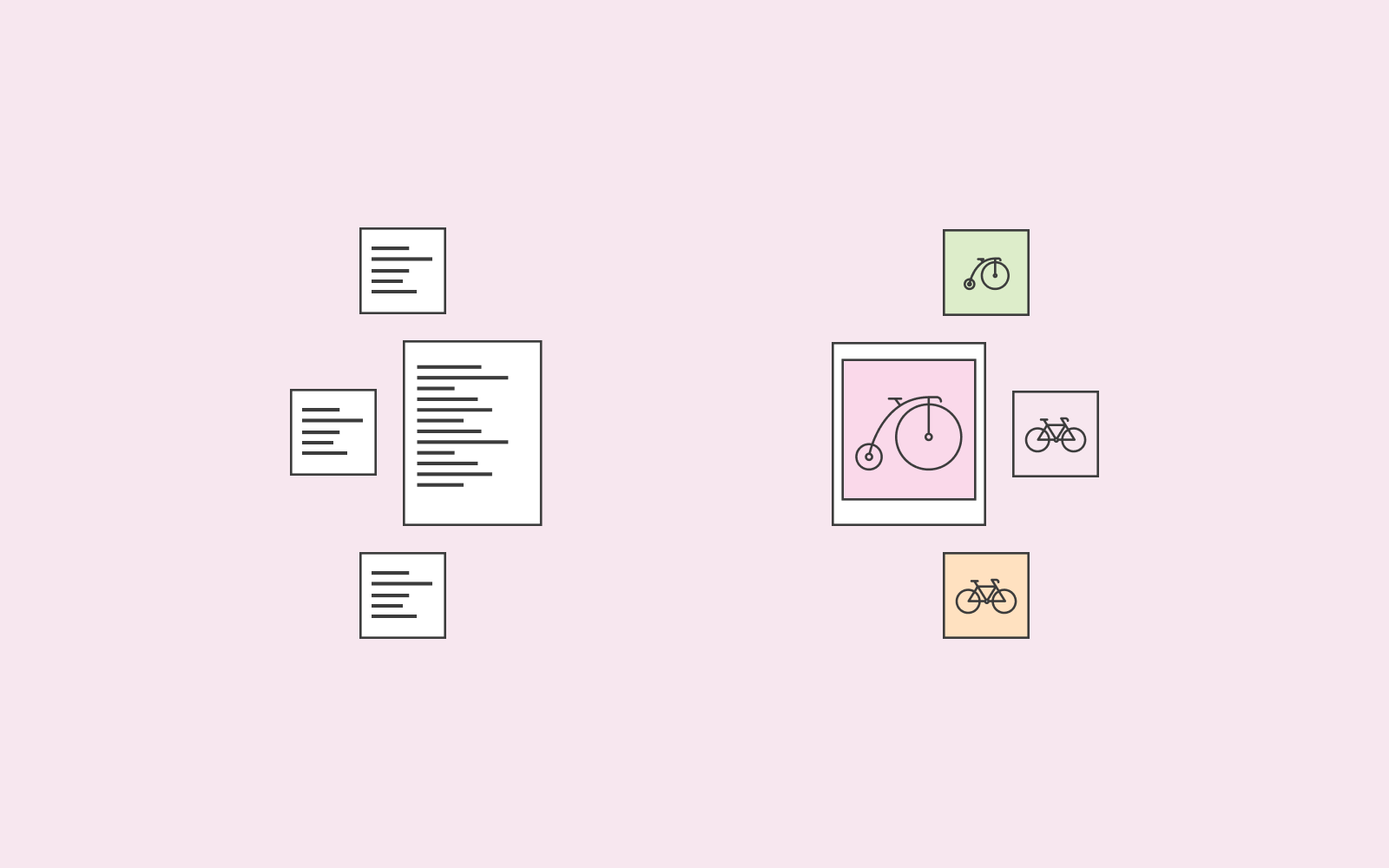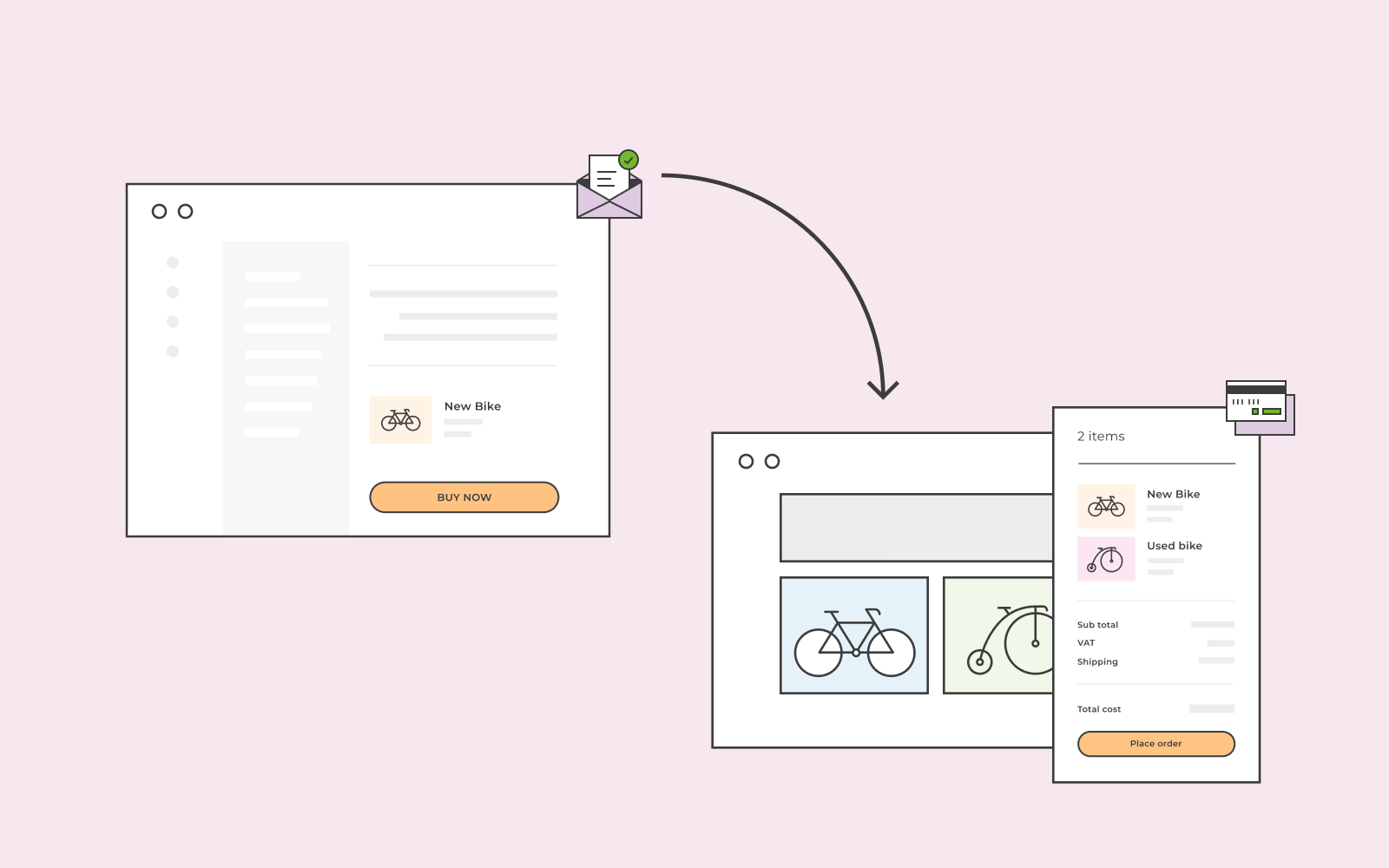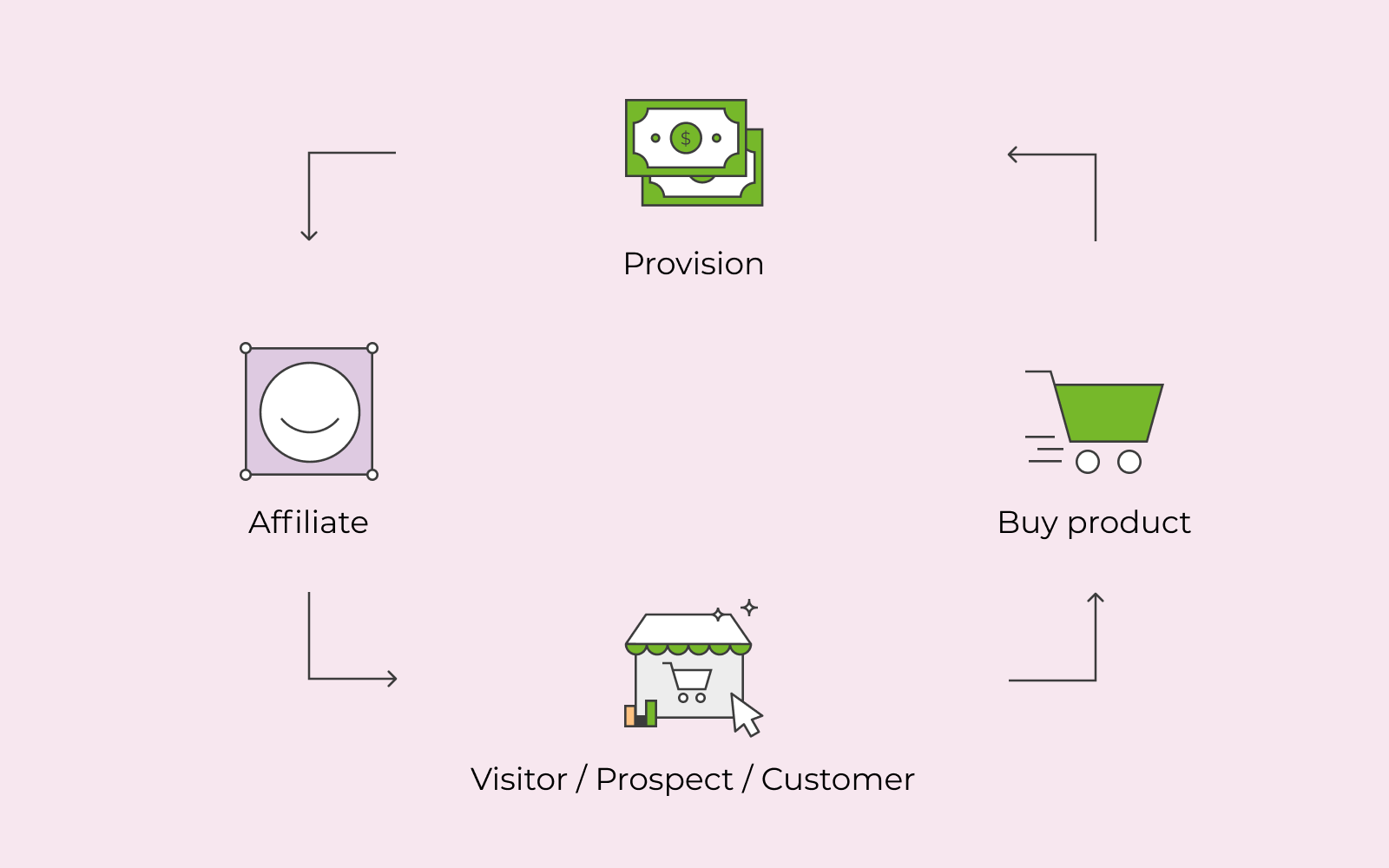What is inbound marketing?
Learn the benefits of inbound marketing now!
Have you ever watched television, waited for a commercial to get on, and then made a purchase based on that commercial? Probably not. Nowadays, we don’t watch commercials or look at sale ads in a magazine to decide on a purchase as we did back in the day. Instead, we go online and do our own research before settling on a product or brand. Inbound marketing is the new and modern way to market.
Brief Summary
Inbound marketing is a strategy that focuses on attracting potential customers to your business through creating valuable content and experiences. This can include things like blog posts, social media content, and email newsletters.
The benefits of inbound marketing are infinite and easy to achieve if you continuously work at it. The goal of inbound marketing is to attract, educate, and empower consumers via relevant content. Relevant content that’s actually helpful and will guide the consumer to purchase your products/services.
The meaning of inbound marketing is to provide the right content at the right time, moving the user along through their buyer journey. This means that you let the users find you instead of going out and finding the users.
Inbound marketing encompasses various tactics. Some of the tactics are content marketing, SEO, and marketing automation.

The buyer’s journey experience
Understanding the buyer’s journey will give you a real good head start in understanding inbound marketing and the benefits of inbound marketing.
The buyer goes through a process before deciding to purchase. There are three steps in the buyer’s journey.
Awareness
The first step in the buyer’s journey is awareness. Think of the times when you first stumbled upon a problem or a pain in your life, and you wanted to find a solution for it, also called pain points. This is the awareness stage. You’ll start by doing research online to understand what it is that you need but also to understand your problem.
Let’s say that you’ve started running, but you don’t have any good running shoes, so you’re in pain every time you go on a run. You can’t handle it anymore, so you decide to search for a perfect pair of running shoes.

Consideration
In this stage, you’ll realize all the limitless options and solutions you have. This is called the consideration or the research stage. You’ll probably look through several websites, read countless blogs, and even perhaps watch some videos that review running shoes.
Decision
Once you’ve decided on the best pair of running shoes for your needs, you’re in the decision stage. This is the stage where you determine the brand or vendor that you want to purchase your running shoes from.
The inbound marketing strategy team for every vendor/brand you’ve researched are in the background creating relevant content and inbound marketing campaigns to attract and catch your attention. They’ve researched the buyer’s journey to understand your problems and offer the best solutions that fit your need.
Let’s get into the strategy.

What is an Inbound marketing strategy?
Inbound marketing consists of four stages. These are:
- Attract
- Convert
- Close
- Delight
Attract the customer
When you try to attract, you do this by using interesting and relevant content to attract users to visit your website. You’re enticing them to go on a buyer’s journey through your website. You can write content in various ways. You can write blog posts to attract users; you can use social media such as Facebook, Instagram, or even videos.
The significant point of the content is that it needs to be relevant, engaging, and enticing so that you can build trust and establish a connection with the user.
Convert the customer
Once you have the user on your website, you need to convert them to make a purchase and be a repeat and satisfied customer.
When you convert, you do this by providing the user with more content with an especially strong focus on helping the user solve a problem that they might be facing. Simultaneously, you can also gain some information about the user at this stage of the inbound marketing strategy.
There is also another type of content you can write to convert users. This can apply to people who sell primarily services instead of specific products. For example, you might be offering classes in content writing. The user needs to register to access the content you share on your website regarding content writing. It can be a free e-book you’re offering (in addition to the classes), it can be a pdf form content with great tips, or it can be a webinar. In all these cases, the user must sign-up on your website to access the content. When the user signs up, the user goes from a visitor to a lead customer.

Close the customer
Once you have your lead customer, it’s time to close the deal. In the closing stage, you should focus on lead nurturing (reinforcing and nurturing relationships), lead scoring (a method to determine the worthiness of leads), and lead automation (manages your lead generation efforts without your involvement). You should also continue providing relevant content in this stage as well. In this stage, the inbound marketing strategy converts a lead customer into an actual customer.
Delight the customer
Once your customer has made a purchase, it doesn’t mean that you should stop delighting the customer. It’s the exact opposite; you should continue to tend to the customer to help foster loyalty.
At the end of the day, you want a repeat customer. Keep in mind; it’s much easier to keep a customer than to earn a new customer as an existing customer is already aware of your brand and your products.

The keys of inbound marketing strategy
Now that you know what the strategy for inbound marketing consists of, you need to know the primary keys you should focus on.
Content
You might have heard this before; content is king! Moreover, content within context is the meaning of inbound marketing. If we go back and consider the inbound marketing strategy, content is the crucial ingredient in stage one and stage two. With content, you attract people to your website, and it’s with content that you convince users to give you their information so that you can contact them.
Due to the importance of content in inbound marketing, there are two huge factors in inbound marketing: content marketing and SEO marketing. This means that you want to ensure that you create relevant and exciting content optimized for SEO, meaning that you want your content to be ranked high on Google’s search engine. You want people to find your website easily!
– Blog posts
– Social media posts
– Youtube videos
These are great ways to share your content with the world.
– E-books
– Webinars
– Checklists
These are great ways to convert your users into lead customers.

Call to action
It’s essential to know your inbound marketing objectives right from the start. Your main inbound marketing objective should be to convert users on your website into lead customers.
Using CTA’s, forms, and landing pages are ways to convert your users into lead customers.
CTA/landing pages/forms
CTA is a short sentence button that you place somewhere in your content. The button is there to encourage the user to click on it to visit the landing page to read more about the eBook or webinar you’re offering.
A landing page is where you have more information on the item you’re offering; the user can read about it and decide to fill out the form to get access to, for example, the webinar.
The form will allow you to get more information about your lead customer.
Tip: You can also use a CTA button to convert your lead into a customer by encouraging them to buy your products/services.
Marketing automation
Marketing automation is the final key to your inbound marketing strategy. Marketing automation will enable you to convert your lead into a customer. Marketing automation will help you nurture your lead customers through emails, sales workflows, and lead scoring.
